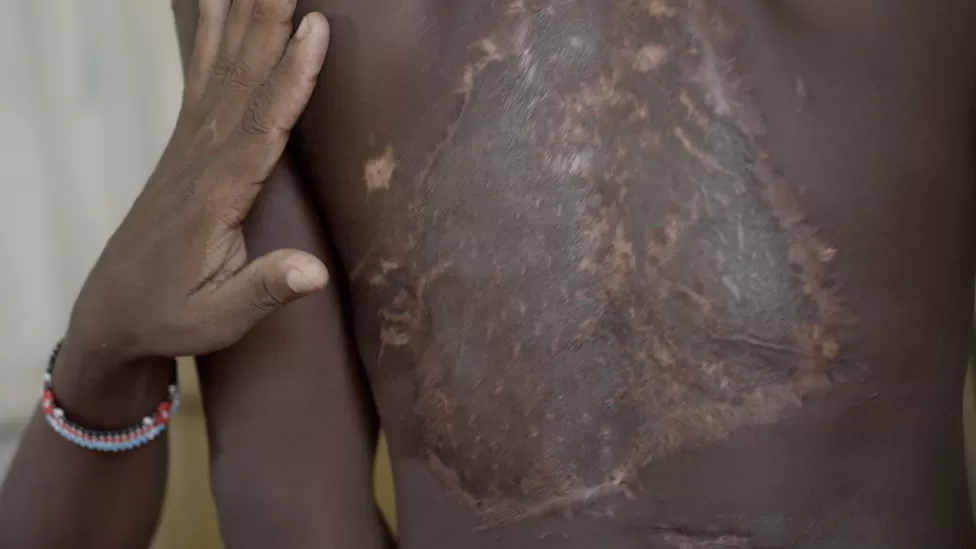The children suffering from a hidden epidemic

Caleb was 13 years old when this happened nearly two years ago. In Mombasa, a city on Kenya’s coast, he says he sometimes zones out while sitting on the sofa with his mother and father.
He sometimes punches the wall out of rage. Near-death experiences cause trauma, he says.
His son stands and pulls up his white vest, revealing a thick, angry scar covering almost the entire back.
To use as skin grafts, the surgeon had to remove large pieces of skin from his thighs.
Agnes Mutiri shows pictures of Caleb on her phone, too graphic to be published, of him in the hospital. His legs, back, arms, and even his face are covered with lacerations as he lies face down on the bed. In total, there were almost a hundred people.
In Kenya, corporal punishment in schools dates back to the era when missionaries and colonizers used it to assert their authority.
Kenyan government banned the practice in schools in 2001, but attitudes have been harder to change.
More than half of 18 to 24-year-olds in Kenya agreed that corporal punishment is necessary for teachers in the latest Violence Against Children report, a national household survey in 2019.
